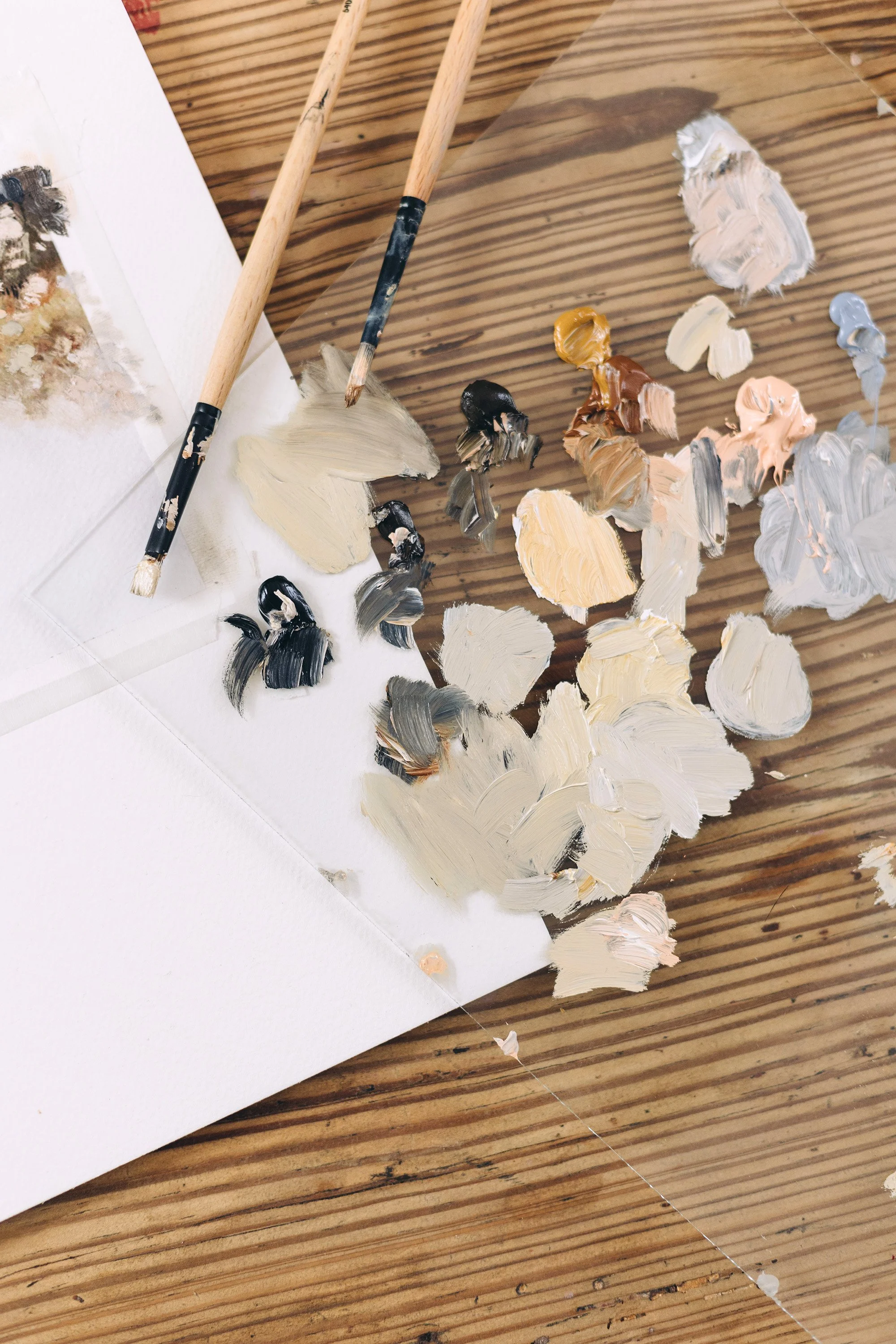Looking for good online art classes? There's a lot of online art classes out there, so I wanted to share some good online art classes that you should check out so that you can improve your art skills while saving money.
This blog post contains affiliate links, which means I am sharing links that I think you'll love if you purchase from me. I receive a small commission however, there's no extra charge for you which is awesome.
Good Online Art Classes
The first obvious answer is YouTube. There are so many good online art classes available on YouTube including my own YouTube channel that's all about acrylic painting. You can check out my YouTube channel by clicking on the button below. Please subscribe to show your support and so that you can see the new painting, tutorials and tips videos that are released.
If you love acrylic painting, be sure to download by FREE 12 page guide that helps you improve your painting skills fast I give you 10 tips as well as recommended tutorials to help you improve your painting.
If you're ready to take your art seriously, the next best step is to make an investment. I have participated in the Craft and Create Club membership by HobbyScool. I have a painting tutorial with a fall floral crown pictured below.
What's cool about this a membership by HobbyScool is that there are a variety of different guest experts, teaching a variety of different crafts and art projects and for just the low price of 7$ a month you have access to all of these art workshops to watch online whenever it's convenient to you.
For just $7/month, you'll:
- Learn a completely new craft each month with expert guidance
- Follow along with premium video tutorials at your own pace
- Get detailed supply lists so you know exactly what you need
- Access a growing library of diverse creative workshops ($180+ value)
When you join annually, you'll receive exclusive bonuses worth $63 including the Craft Projects Planner and two additional workshop collections!
To see if the craft and create club membership is a good fit for you click on the button below!
The nice thing about a monthly membership is that you can cancel anytime and 7$ a month is a nice low commitment but it's still an investment for you to make sure that you're putting in time to work on your art or to learn new skills. Try a new art workshop, try a new craft and just relax and have that fun creative time to yourself.
If you're ready for a bigger commitment, you can check out the one year of the craft and create club membership and you'll receive some extra special bonuses for committing to a year of the membership up front.
For any questions about the craft and create club membership please send an email to support@hobbyscool.com.
Related Articles:
See the Craft and Create Membership
The Best Painting Supplies


